What is the tolerance range of precision screws?
What is the tolerance range of precision screws?
Service Hotline
+86760-8787 8587We have more than ten years of production experience in the screw industry. The main products are: 304 stud bolts, GB853, set box screws, 316 flat nuts, triangular circular belt rings, polished rod half-thread bolts, 3030, washer screws, recessed cross Fasteners such as combination bolts, car repair gecko screws, injection-molded copper nut nuts, accessories solid wood connection straight-through embedded nuts, elevator expansion screws, spacer column nut columns, miniature screw nuts and other fasteners, due to different product materials and specifications , the price is also different, please contact us if necessary.


Hexagon nuts are usually used in conjunction with bolts and screws to connect and fasten parts. In daily life, ordinary hexagon nuts are sometimes welded to metal plates for use. In the process of welding hexagon nuts to metal plates In order to ensure that the center line of the inner thread of the hexagonal nut is perpendicular to the metal plate, it is necessary to press the end face of the hexagonal nut on the metal plate before welding. Part of the melt is melted. Since the weld is close to the inner thread of the hexagonal nut, the inner thread is often deformed, which affects the fit of the hexagonal nut and the bolt.
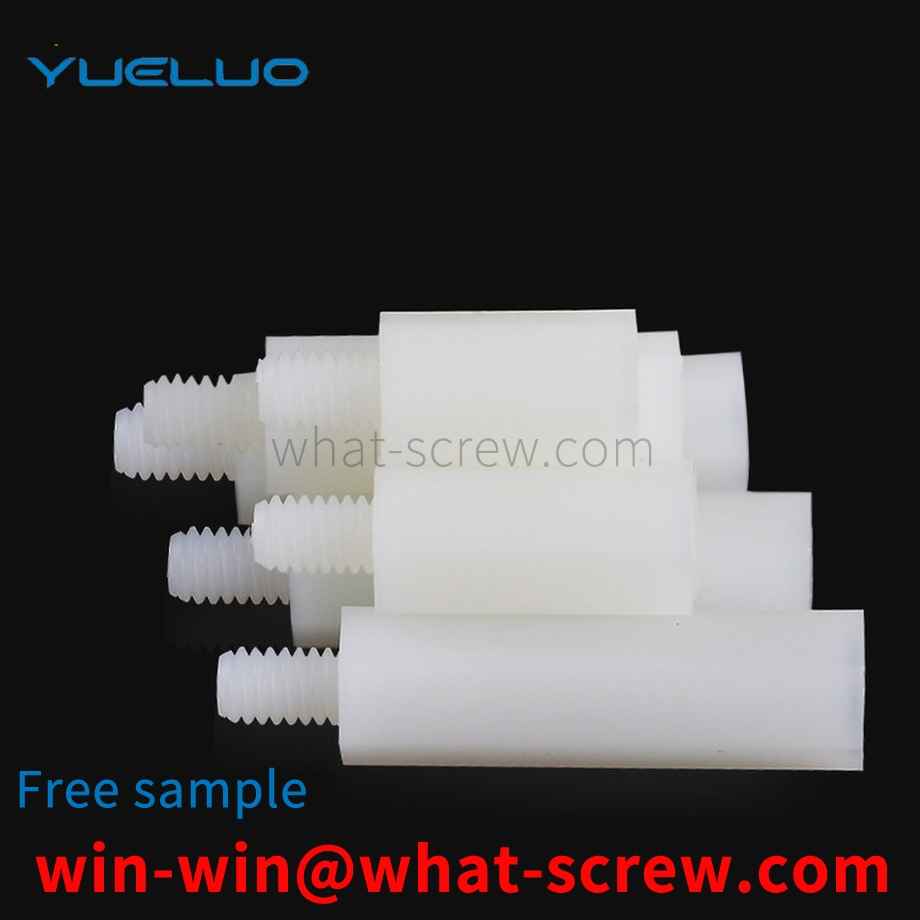
The bolt thread is generally cold worked, so that the thread blank within a certain diameter range passes through the rubbing (rolling) wire plate (die), and the thread is formed by the pressure of the wire plate (rolling die). The plastic streamline of the threaded part is not cut off, the strength is increased, the precision is high, and the quality is uniform, so it is widely used. In order to make the outer diameter of the thread of the final product, the required thread blank diameter is different, because it is limited by factors such as thread accuracy and whether the material is coated or not. Rolling (rubbing) thread is a processing method that uses plastic deformation to form thread teeth. It uses a rolling (screwing plate) die with the same pitch and tooth shape as the thread to be processed, while extruding the cylindrical screw blank, while rotating the screw blank, and finally transferring the tooth shape on the rolling die to the On the screw blank, the thread is formed. The common point of rolling (rubbing) thread processing is that the number of rolling revolutions does not need to be too much. If it is too much, the efficiency will be low, and the surface of the thread teeth will easily cause separation or random buckle. On the contrary, if the number of revolutions is too small, the diameter of the thread is easy to be out of round, and the pressure at the initial stage of rolling increases abnormally, resulting in a shortening of the life of the die. Common defects of rolled threads: cracks or scratches on the surface of the thread part; random buckles; out of roundness of the thread part. If these defects occur in large numbers, they will be discovered during the processing stage. If the number of occurrences is small, the production process does not notice these defects and then circulates to users, causing trouble. Therefore, the key issues of processing conditions should be summarized, and these key factors should be controlled in the production process.
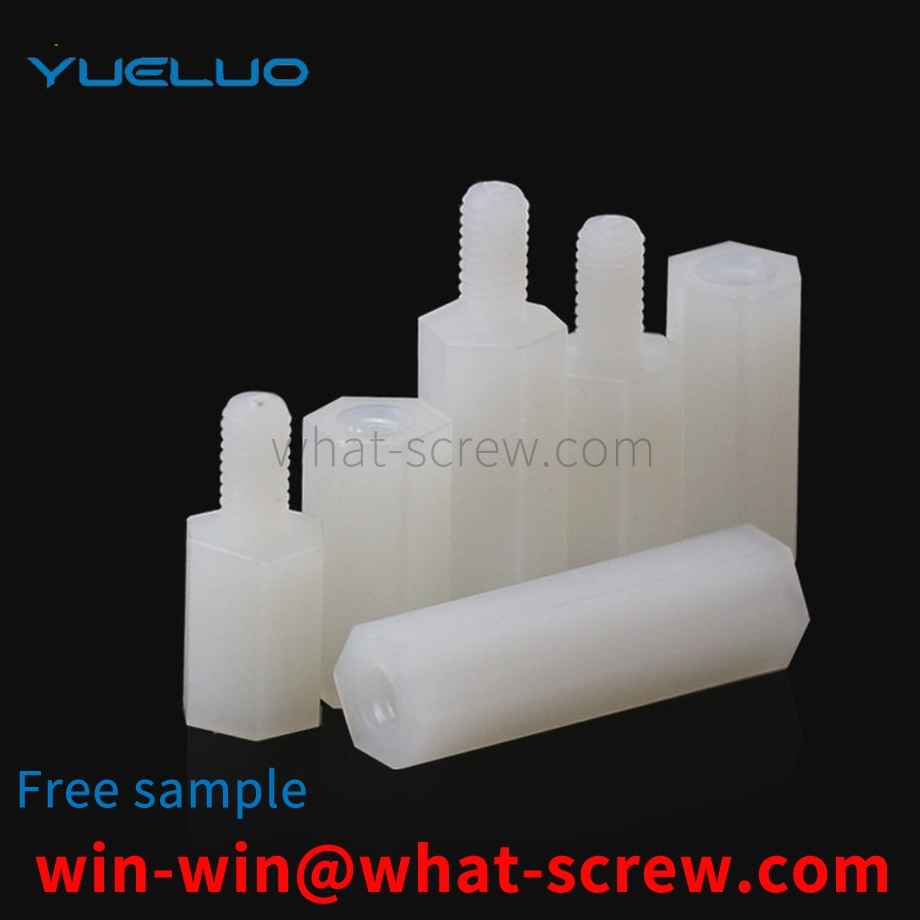
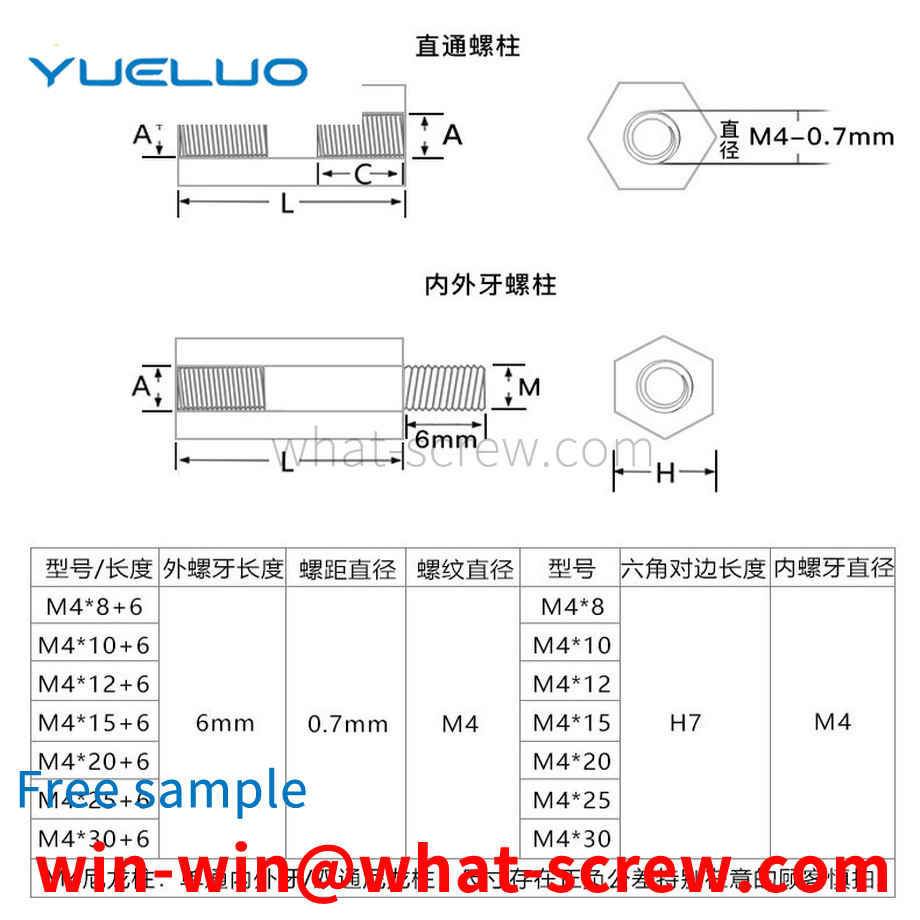
The shaft circlip is a mechanical part installed on the slotted shaft and used as a fixed part for the movement of the hole. The inner diameter of the shaft circlip is slightly smaller than the mounting shaft diameter. When installing the shaft circlip, use the circlip pliers, insert the pliers into the pliers hole of the retaining ring, expand the retaining ring, and then put the shaft circlip into the shaft groove.
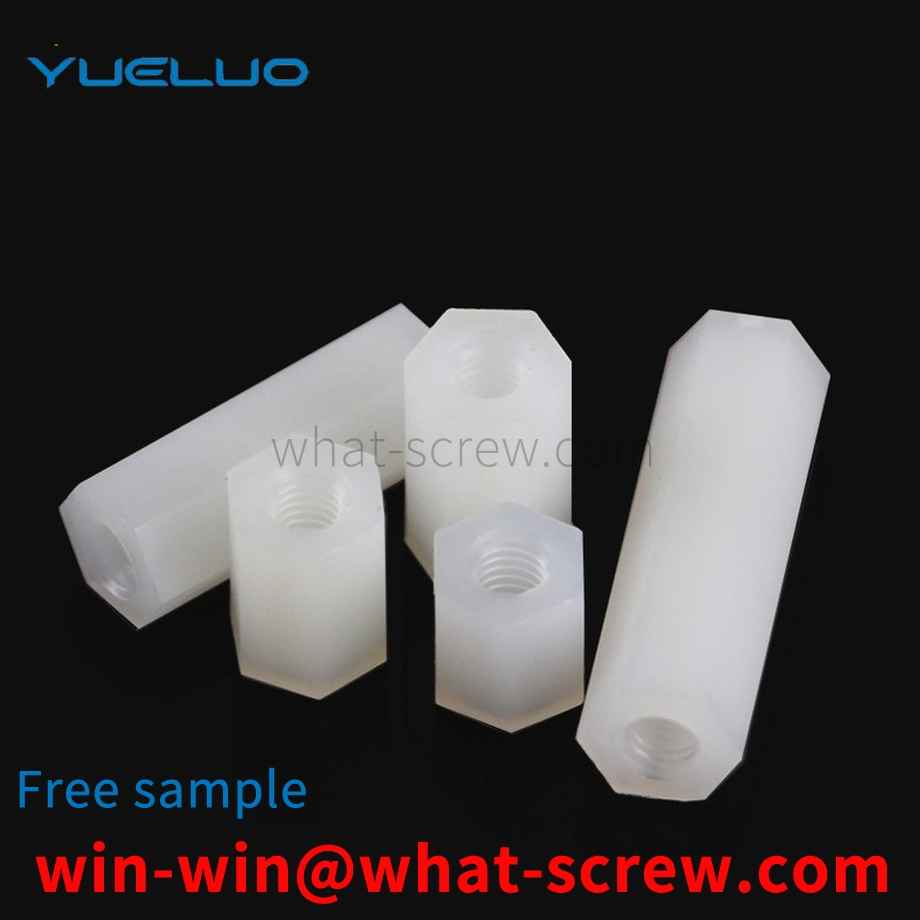
The classification of the second combination screw is divided according to the material of the screw wire and the hardness index of the screw wire. Generally, the two combination screws are divided into stainless steel and iron, and stainless steel is divided into stainless steel 201, stainless steel 304 and stainless steel 316. Iron is divided into three types: low carbon steel, medium carbon steel, and high carbon steel. Carbon steel combination screws refer to iron combination screws. Generally, iron combination screws are classified into grades 4.8, 8.8, 10.9, and 12.9. But in the market, the combination screws of grade 10.9 and grade 12.9 are rarely used, so we won't talk about it here. And the two combination screws on the market are more commonly used combination screws of grade 4.8 and 8.8. 4.8 grade combination screws are generally made of 1010A screw wire rods. After the screw wire rods are beaten into screws, they are combined with spring flat washers. After production, this 4.8 grade combination screw does not need to be hardened. Its hardness can reach 4.8. The 8.8 grade combination screw is generally made of 10B21 screw wire. After the screw wire is punched into a screw, it is equipped with a spring washer and a flat washer, and the three pieces can be combined and rubbed by an automatic spring-flat washer machine. Fasten the spring-flat washer combination on the screw, and the spring-flat washer will not fall off. After the combination screw is produced, it needs to be hardened to make the hardness reach 8.8. After the hardness reaches 8.8, we need to take it for electroplating. In order to prevent hydrogen embrittlement of the spring washer in the 8.8-level combination screw with added hardness, it is easy to break. In this way, it is necessary to carry out hydrogen removal treatment on the hardened combined screws, and the electroplating can only be done after the hydrogen removal.
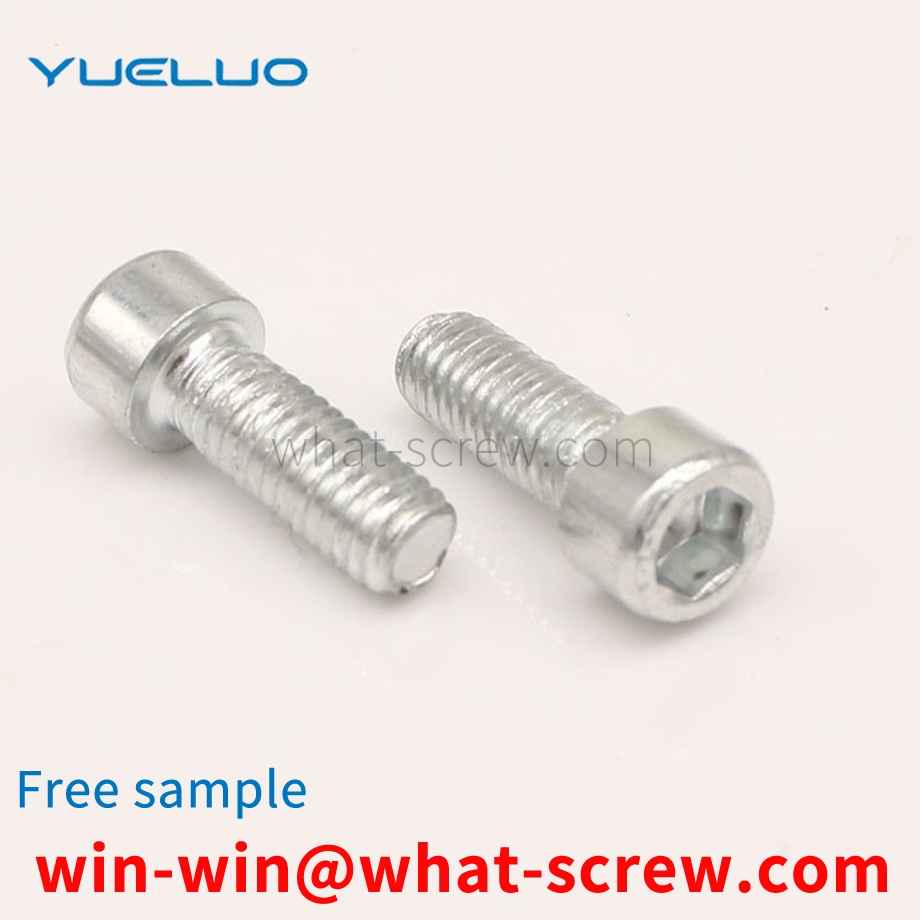
The above content is uploaded by Yueluo or the Internet. If there is any copyright issue, please contact [email protected].

What is the tolerance range of precision screws?

How to choose the right stainless steel screw manufacturer?

Why is there an R angle under the head of the hexagon head s...

We have more than ten years of production experience in the ...

We have more than ten years of experience in the production ...

We have more than ten years of experience in the production ...

We have more than ten years of experience in screw industry ...